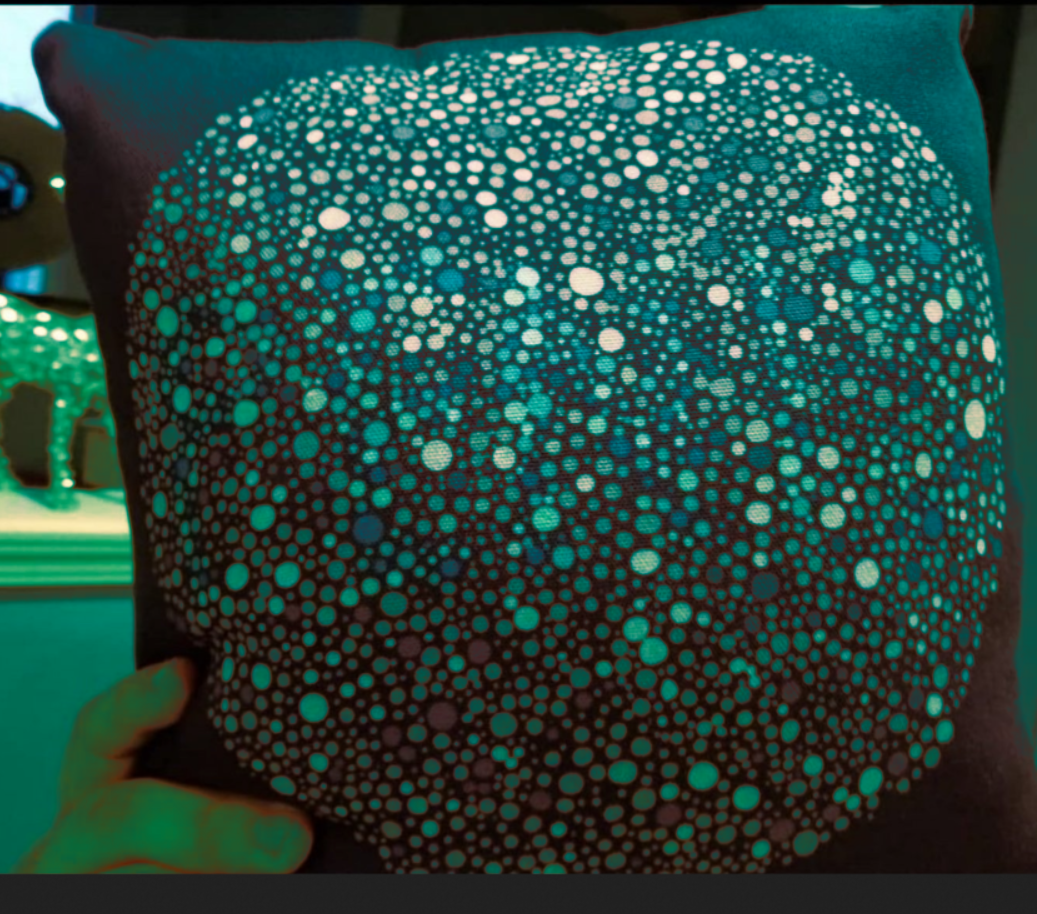Humor
"Laugh-a-Palooza: Unleash Your Inner Chuckle!"
Rules
Read Full Rules Here!
Rule 1: Keep it light-hearted. This community is dedicated to humor and laughter, so let’s keep the tone light and positive.
Rule 2: Respectful Engagement. Keep it civil!
Rule 3: No spamming!
Rule 4: No explicit or NSFW content.
Rule 5: Stay on topic. Keep your posts relevant to humor-related topics.
Rule 6: Moderators Discretion. The moderators retain the right to remove any content, ban users/bots if deemed necessary.
Please report any violation of rules!
Warning: Strict compliance with all the rules is imperative. Failure to read and adhere to them will not be tolerated. Violations may result in immediate removal of your content and a permanent ban from the community.
We retain the discretion to modify the rules as we deem necessary.
view the rest of the comments

Thank you so much!
A green sequin always reflects a specific frequency but maybe have different tones and intensity - I see this as a “different” colour, but really its green and it would always appear grey to you?
Whereas an iridescent one as a different example which has multiple different colours depending on the angle (red to purple, but that idea), you maybe able to see it reflecting purple but could also appear greyscale?
Not at all. This is a common misconception about colorblindness because the name is kind of a misnomer for the majority of people who are colorblind. There are no colors that I am actually blind to, that I cant see or appear grey to me (except grey, of course). The only way you see some or all colors only in greyscale is by either having a defect in the visual processing of your brain or by missing one or more of the color sensing structures of the eyes. These structures are called cones. They come in red, green and blue varieties, and react to different ranges of light frequencies that causes us to see different colors.
My green cones still trigger for green frequencies for me exactly as yours would for you, so I do see colors, including green. But my colorblindness happens because there is a structural difference in my green cones that shifts the range of frequencies that trigger them towards the frequencies that trigger my red cones too. Because of this, there is a sizable range of color frequencies that trigger BOTH my green and red cones. Everyone has a little overlap, but mine is much larger than the normal overlap in non-colorblind people. When that happens, I still see colors. But instead of distinctly green or red colors, what I see is more muddled and brownish than what you would see. It's because I'm basically getting mixed signals from my cones. There are also frequencies of light that are outside of this overlap that trigger only either my green or red cones, and so those colors do look distinctly and vibrantly green or red, even to me.
I had always thought, at least in my case, that my green and blue cones are normal, but my red just don't work well. For example, if you just drop the R values in RGB in a picture to zero, I won't generally notice. I would assume I'd perceive it somehow being different if my sensitivity shifted.
Again, thank you, I did misunderstand. This has been an immensely helpful discussion!
I'll amend to note one thing, which being color blind made me particularly aware of "what color does this look like to you?" doesn't really mean anything. You could ask some other person "what color does blue look like?" and you two have no idea how each others minds conceptualize "blue". The concept is called Qualia and refers to facets of our subjective experience that we cannot share, like the "color" of something (two people may reach consensus that 420 nm is "blue", but can never know what that "looks like" to the other party).
My best hope is sharing what I think represents how my color vision falters. In my case I can't tell the difference between the picture presented and